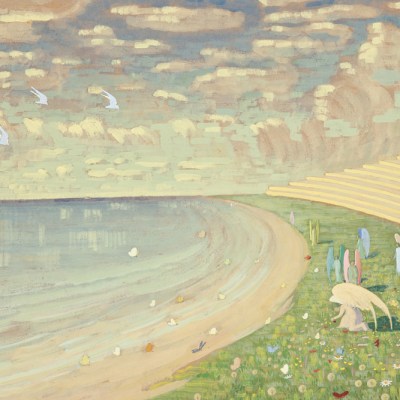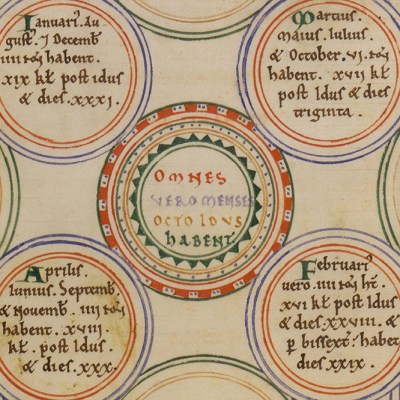 ‘4 things to see this week’ is sponsored by Bloomberg Connects, the free arts and culture app. Bloomberg Connects lets you access museums, galleries and cultural spaces around the world on demand. Download the app here to access digital guides and explore a variety of content.
‘4 things to see this week’ is sponsored by Bloomberg Connects, the free arts and culture app. Bloomberg Connects lets you access museums, galleries and cultural spaces around the world on demand. Download the app here to access digital guides and explore a variety of content.
Each week we bring you 4 of the most interesting objects from the world’s museums, galleries and art institutions hand-picked to mark significant moments in the calendar.
With the latest report from the Intergovernmental Panel on Climate Change (IPCC) issuing a ‘final warning’ on the climate crisis, this year’s Earth Day feels more important than ever.
The first Earth Day was organised by a junior senator, Gaylord Nelson, in 1970, but the environmental movement had been growing for some time. In 1962, Rachel Carson published Silent Spring, her seminal text on the danger of pesticides to biodiversity and humankind. Slowly, the eyes of the public were being opened to the dangers of air pollution and environmental degradation.
Mobilised by a catastrophic oil spill in 1969 and the student anti-war movement, Nelson chose the date of 22 April because it fell between spring break and final exams. He made sure it wouldn’t just attract students however, and when the day came, more than 20 million people came out across the United States to demonstrate against the impacts of 150 years of industrial development. The first Earth Day led to the establishment of the United States Environmental Protection Agency and the Clean Air Act, and countless initiatives like them around the world.
As cities worldwide continue to demand structural change from governments and corporations, we select four artworks that celebrate the Earth, or reflect on our fraught relationship with it.
The Birds of America (1827–38,) John James Audubon. Rare Book Division, The New York Public Library, Photo: Robert Kato

1. The Birds of America (1827–1838), John James Audubon
New York Public Library
During the 1820s and ’30s, the artist and naturalist John James Audubon travelled extensively around the United States recording the country’s indigenous birds. Birds of America was published in serial over the course of 12 years and was considered an important contribution to the field of ornithology – of the 435 birds illustrated, 25 were previously undocumented and six are now extinct. Click here to find out more on the Bloomberg Connects app.
Mines #19, Westar Open Pit Coal Mine, Sparwood, British Columbia (1985), Edward Burtynsky. National Gallery of Canada. Photo: © Edward Burtynsky; courtesy Flowers Gallery, London/Nicholas Metivier Gallery, Toronto
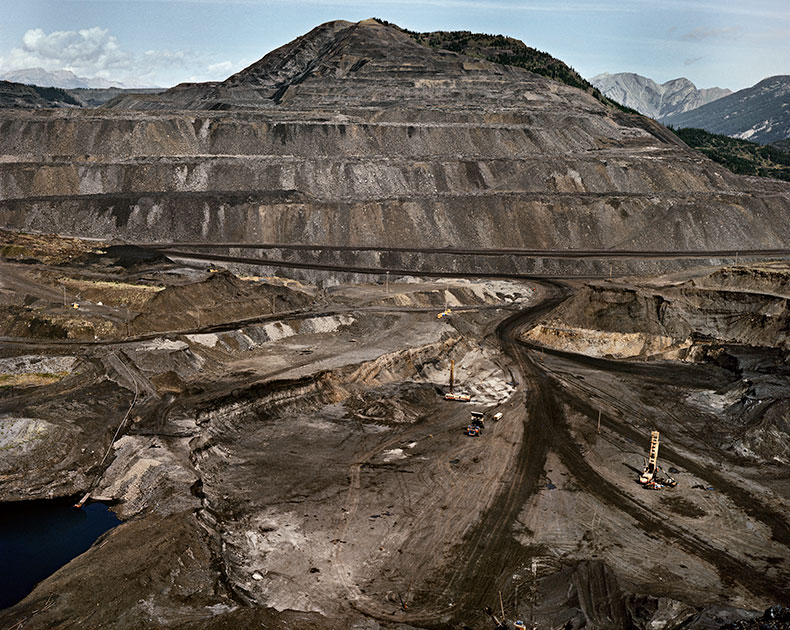
2. Mines #19, Westar open pit coal mine, Sparwood, British Columbia (1985), Edward Burtynsky
National Gallery of Canada, Ottawa
Perhaps no artist has done a better job of recording the devastating impact of industry on the earth than the Canadian photographer Edward Burtynsky. Part of his Manufactured Landscapes series, this work depicts an open pit coal mine in Sparwood, British Columbia, the traditional unceded territory of the Ktunaxa people. Click here to find out more.
Mimesis (detail; 2022), Lili Dujourie. Photo: Sigrid Spinnox
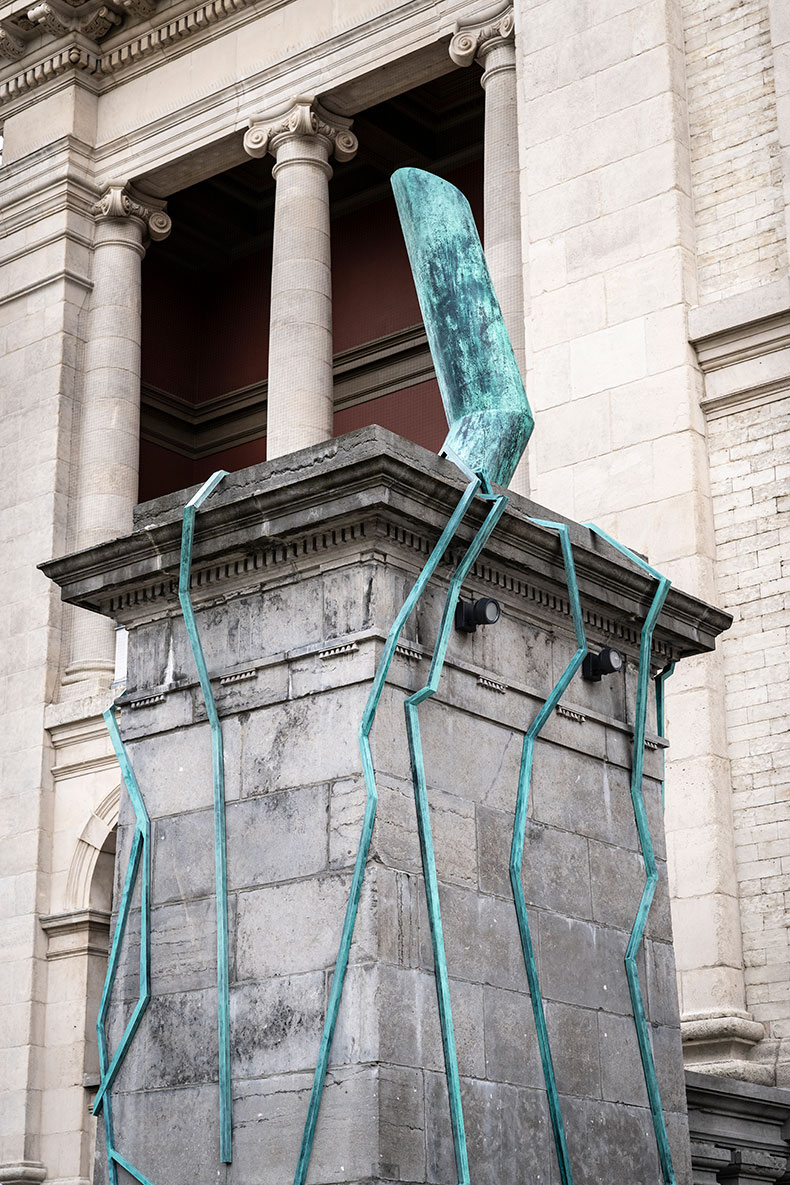
3. Mimesis (2022), Lili Dujourie
Middelheim Museum, Antwerp
This recent public artwork by Lili Dujourie offers contemporary commentary on the longstanding dialogue between art and nature. The roots of the bronze tree overspill the bounds of the plinth, reaching down to the earth as though to join the ranks of passersby and create a network of healing and collaboration at a time of crisis. Click here to find out more.
Untitled 23 (D Series) (2008–09), Tarek Al-Ghoussein. Courtesy Mori Art Museum, Tokyo
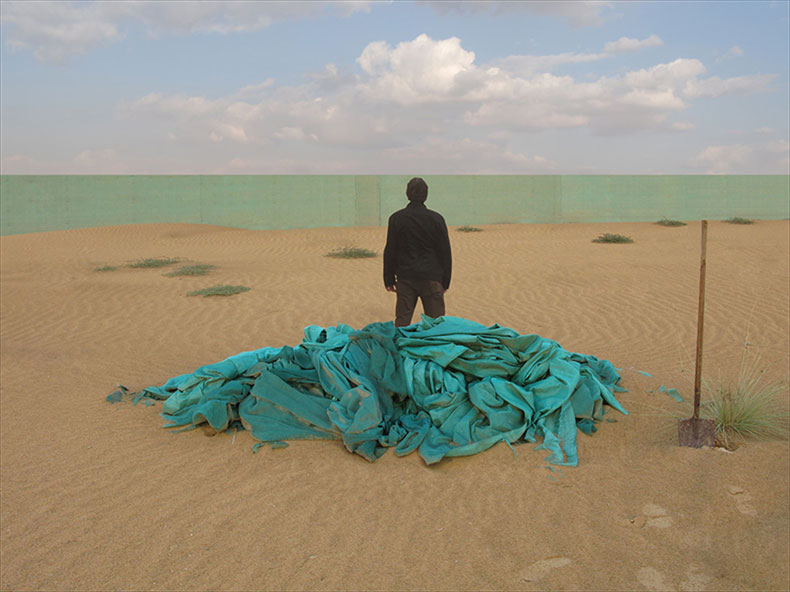
4. Untitled 23 (D Series) (2008–9), Tarek Al-Ghoussein
Mori Art Museum, Tokyo
Kuwaiti-Palestinian artist Tarek Al-Ghoussein’s practice is deeply concerned with land and the borders and barriers artificially imposed on it. In his D Series he explores the space between landscape photography and self-portraiture through images that play with material and scale to evoke a sense of melancholia and nostalgia. Click here to find out more.
Download now
![]()
‘4 things to see this week’ is sponsored by Bloomberg Connects, the free arts and culture app. Bloomberg Connects lets you access museums, galleries and cultural spaces around the world on demand. Download the app here to access digital guides and explore a variety of content or scan the QR code.


